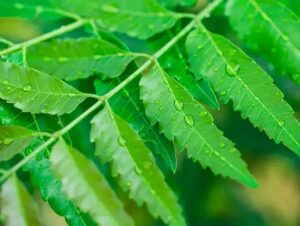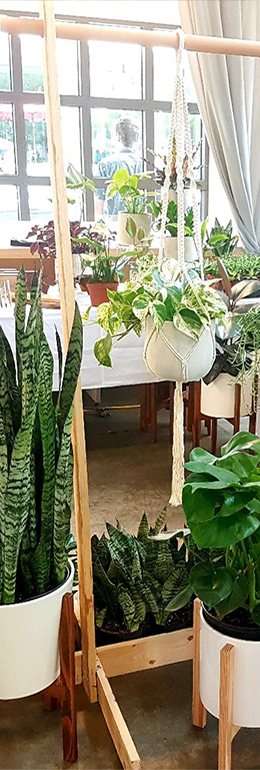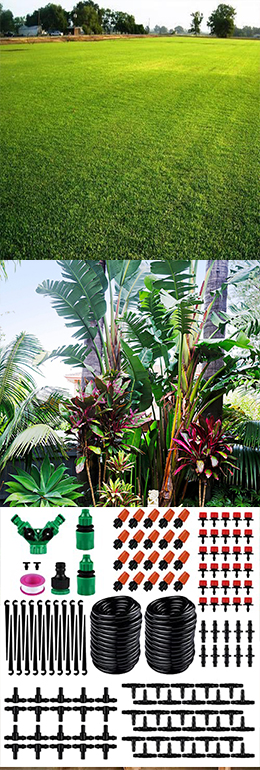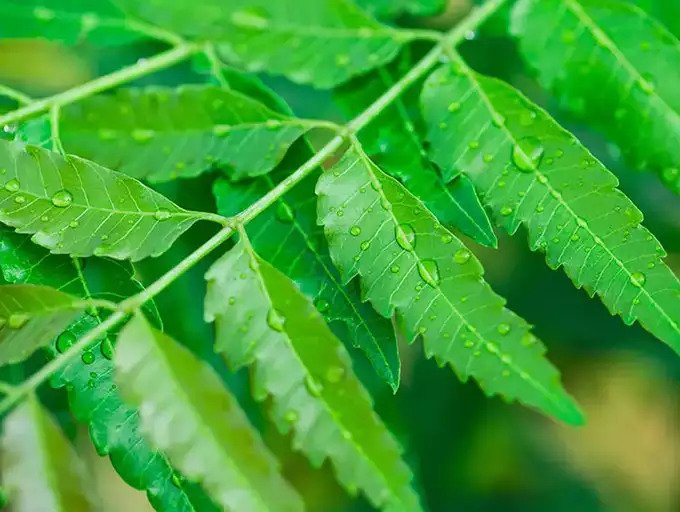Trees
Indica Neem tree

Indica Neem Tree
The neem tree or Azdracht and its scientific name is Azdirachta Indica Neem. It is native to India, Burma, Sri Lanka, and Indonesia, and this genus includes only two types of perennial trees. Fast-growing and may reach a height of about 15 meters or more. The tree blooms from March to May and its flowers are white, clustered, with an aromatic scent. It has medical importance, as its fruits, bark, leaves, flowers, and roots are used in the preparation of many different medicines. Burning the leaves contributes to the expulsion of mosquitoes and flies, and it can also tolerate air polluted with toxic gases, so it is widely cultivated in industrial areas.
Take care of neem
The tree tolerates drought and frost and succeeds in a wide range of lands. It is moisture-loving and irrigated in moderation, and despite being a windbreaker, it does not tolerate strong winds for the fragility of its branches. It is suitable for most types of soil, provided that it is well-drained. Fertilize twice a year. It is pruned to control the size of the tree when desired, and it does not require much maintenance.
Multiply neem
They multiply by seeds (and care must be taken to plant them immediately after collection because they lose or weaken their ability to germinate the longer they remain without planting). They are planted in March and moved to their permanent place after two years of planting. The seeds must be treated before planting, knowing that they can be planted directly from the fruits that contain one seed, and it is better to peel them to remove the cover of the fruit from the seed by a special machine or soak the seeds for 12 days to speed up germination, It can also be propagated by air, as well as by cuttings from the stem in the spring.

 العربية
العربية


